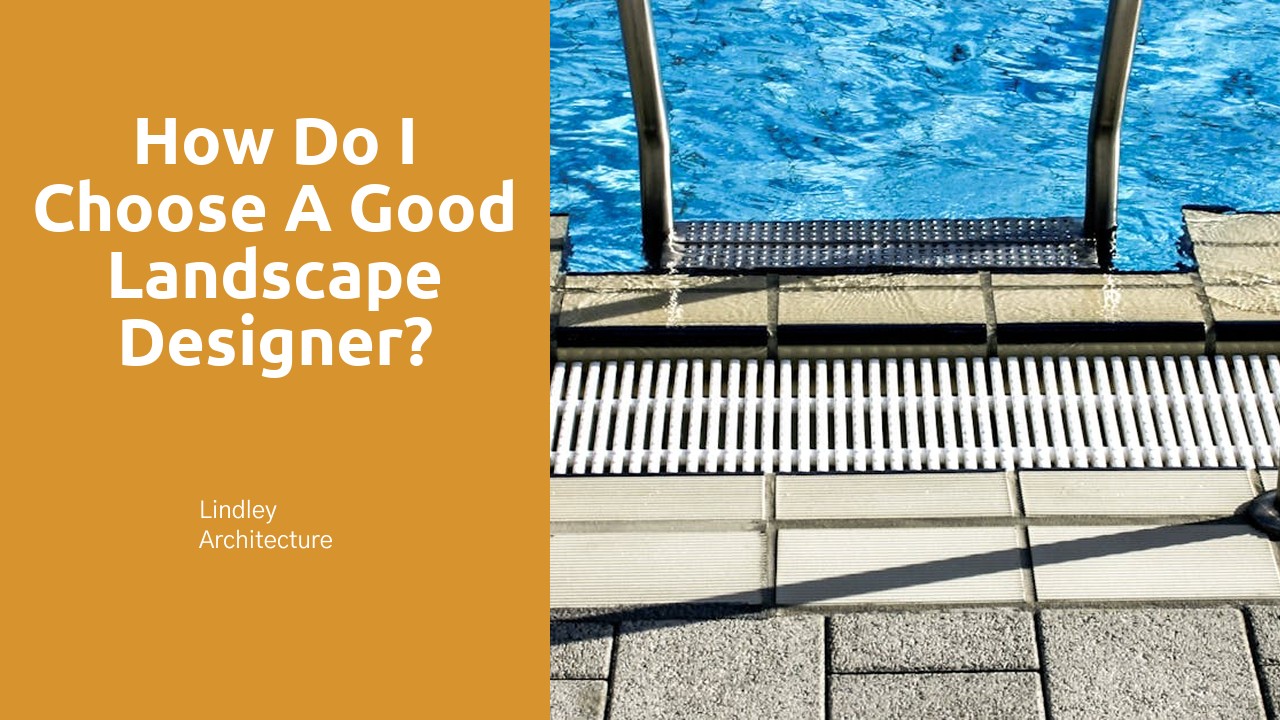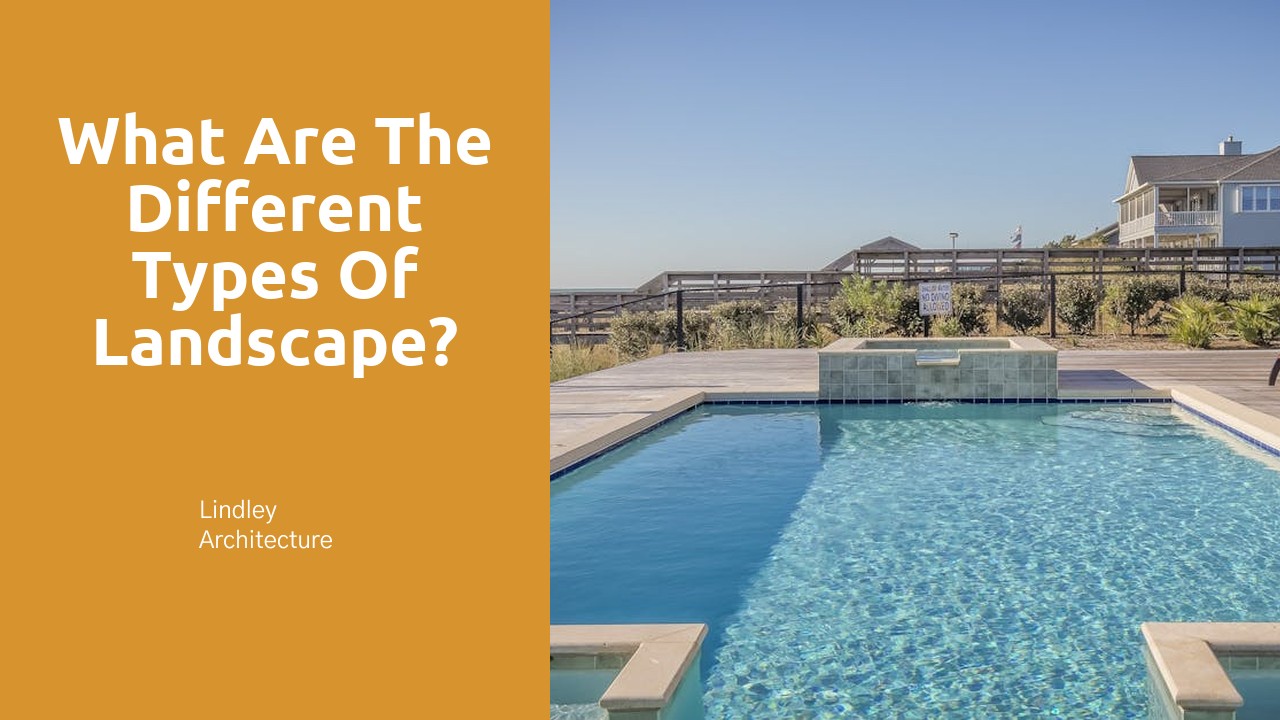
Table Of Contents
Landscaping Trends
Landscaping trends are continually evolving to reflect the changing preferences of homeowners and the advancements in the field. One notable trend that has gained popularity is the incorporation of sustainable practices in landscaping projects. Residents in various regions, including Guelph, are increasingly opting for eco-friendly landscaping solutions that prioritize environmental conservation and long-term sustainability. This shift towards sustainability has led to the adoption of innovative techniques and materials that minimize environmental impact while creating visually appealing outdoor spaces. In Guelph, hardscape design plays a crucial role in modern landscaping trends, with homeowners opting for durable and low-maintenance hardscape features that enhance the functionality and aesthetic appeal of their outdoor spaces.
Current and Emerging Practices in Landscaping
Landscaping practices continue to evolve, with a focus on blending aesthetics with functionality. In current trends, there is a noticeable shift towards incorporating sustainable elements and natural materials into outdoor spaces. Hardscape Design in Cambridge, for example, exemplifies how urban areas are integrating green spaces with innovative hardscaping techniques to create harmonious environments that benefit both residents and the environment.
Moreover, emerging practices in landscaping highlight the importance of utilizing local plants and materials to reduce environmental impact and support biodiversity. By incorporating native flora and fauna into landscape designs, professionals are able to create resilient ecosystems that require less maintenance and resources. This approach not only enhances the beauty of outdoor spaces but also contributes to the overall well-being of the community.
Landscaping Techniques
Landscaping techniques play a crucial role in transforming outdoor spaces into aesthetically pleasing environments. One of the key elements in landscaping is hardscape design in Brampton, which involves the use of non-living materials to create structures like patios, walkways, and retaining walls. These features not only add structural elements to the landscape but also provide functionality and definition to the outdoor space.
Incorporating hardscape design in Brampton requires careful planning and execution to ensure that the elements blend seamlessly with the natural surroundings. It is essential to consider factors such as materials, colours, textures, and placement to create a cohesive and visually appealing hardscape design. By leveraging hardscaping techniques effectively, landscapers can enhance the overall design of a property and create outdoor spaces that are both functional and visually stunning.
Methods and Strategies for Successful Landscaping
Successful landscaping requires a thoughtful combination of elements to create a harmonious outdoor space. A crucial aspect of landscaping is considering hardscape design in Windsor, which includes the man-made features such as pathways, walls, and structures within the landscape. When planning hardscape designs, it is essential to take into account the existing topography of the area to ensure that the elements blend seamlessly with the natural surroundings.
In addition to hardscape design, incorporating a variety of plants, trees, and shrubs is key to achieving a visually appealing and sustainable landscape. Choosing native plants can help reduce water consumption and maintenance while promoting biodiversity. Furthermore, understanding the sun exposure and soil conditions of the site is fundamental in selecting the right plant species that will thrive in the landscape. By carefully considering these elements and implementing effective strategies, successful landscaping projects can enhance the beauty and functionality of outdoor spaces.
Landscaping for Sustainability
Landscaping for sustainability encompasses a range of practices that aim to create and maintain outdoor spaces in an environmentally responsible manner. Through the implementation of eco-friendly techniques and materials, landscaping for sustainability prioritizes the preservation of natural resources and the promotion of biodiversity. In regions like Niagara, where conservation efforts are essential, incorporating sustainable landscaping approaches is crucial in reducing the ecological footprint of outdoor spaces. Embracing practices such as xeriscaping, native plant cultivation, and water-efficient irrigation systems can contribute significantly to the sustainable management of landscapes in the Niagara region.
One notable aspect of landscaping for sustainability in Niagara is the integration of hardscape design. Hardscape elements, such as pathways, patios, and retaining walls, play a significant role in the overall aesthetic and functionality of outdoor spaces. By incorporating sustainable materials and practices in hardscape design in Niagara, landscapers can enhance the durability and longevity of these features while minimizing their impact on the environment. Through the use of permeable paving materials, efficient lighting systems, and proper drainage solutions, hardscape design in Niagara can align with sustainability goals and contribute to the overall preservation of the region's natural beauty.
EcoFriendly Practices in Modern Landscaping
When considering eco-friendly practices in modern landscaping, one key aspect that plays a significant role is the adoption of sustainable materials and techniques. In Chatham-Kent, hardscape design incorporates environmentally friendly elements that reduce the carbon footprint of the landscaping process. By utilizing materials such as reclaimed wood, permeable paving stones, and drought-resistant plants, landscaping professionals in the area are contributing to the overall sustainability of their projects.
Moreover, the implementation of rainwater harvesting systems and native plant species in hardscape design in Chatham-Kent showcases a commitment to environmental preservation. These practices not only benefit the local ecosystem by promoting biodiversity but also reduce water consumption and minimize the use of artificial chemicals. By integrating these eco-friendly approaches into modern landscaping projects, the community of Chatham-Kent is actively working towards creating a greener and more sustainable environment for future generations.
FAQS
What is landscaping?
Landscaping refers to the process of modifying the visible features of an outdoor area, such as a garden or a yard, to enhance its aesthetic appeal.
Is landscaping only about improving the appearance of outdoor spaces?
No, landscaping is not just about enhancing the visual appeal of outdoor areas. It also involves creating functional and sustainable outdoor environments that cater to the needs of the users.
What are some common elements of landscaping?
Common elements of landscaping include plants, trees, shrubs, flowers, hardscape features (such as pathways and patios), water features, and outdoor lighting.
Why is landscaping important?
Landscaping is important because it can increase property value, improve curb appeal, provide a space for relaxation and recreation, promote environmental sustainability, and enhance the overall quality of life.
How can I get started with landscaping my outdoor space?
To get started with landscaping your outdoor space, you can begin by assessing your needs and preferences, creating a budget, developing a landscaping plan, selecting appropriate plants and materials, and executing the plan with attention to detail and creativity.






